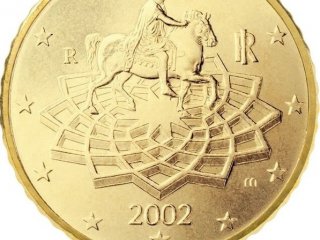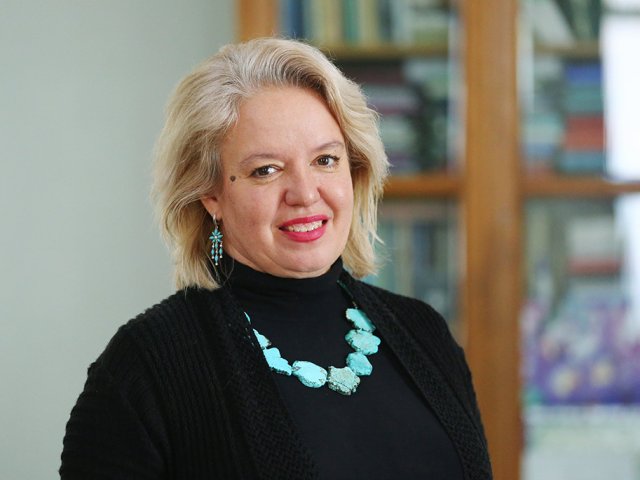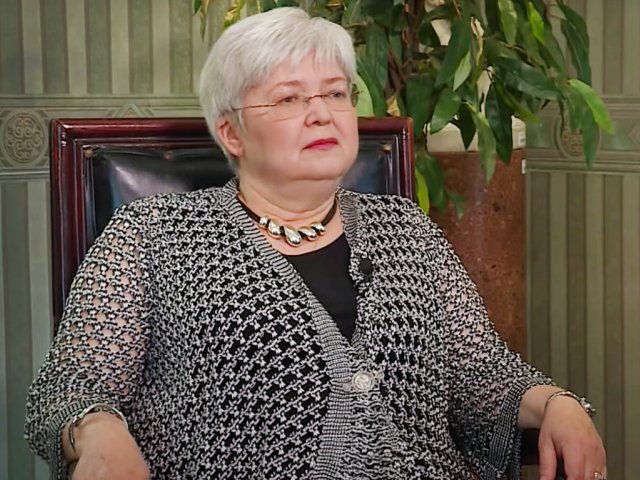
The son of famous Russian field-marshal Petr Rumyantsev, who defeated the Turks, would not follow in his father’s footsteps. Count Nikolay Rumyantsev was a diplomat, foreign minister and chairman of the State Council. One of his achievements was the opening of Mariinsky water system (he was the manager of water and overland transport at that time). Besides, Rumyantsev Jr. was a famous collector of ancient manuscripts, books, minerals, stones, coins, etc. After his death, a museum was opened in the count’s house in English embankment. The respective decree was signed by Emperor Nikolay I. On November 23, 1831 the new museum opened its doors to the public. The façade featured beautiful inscription From State Chancellor Count Rumyantsev for Education. However, the museum dragged out a miserable existence. The reason behind it was purely prosaic – lack of money. Over 30 years later, in 1862, the authorities decided to transfer the museum to Moscow. The collection and inscription were transferred to Pashkov’s House near Kremlin, where the museum found its new lodgment. Alexander II donated 200 paintings from the Hermitage, while Great Princess Elena – a collection of sculptures. There were other sponsors as well. The residents and guests of Moscow were active in visiting the Rumyantsev Museum and library, and Mr. Ulyanov who later changed his name for Lenin was among them. The revolutionary authorities did not destroy the museum but transformed it educating activities. All values except for the collection of books were handed over to other museums, while the library was expanded and renamed into Lenin Library. Now, it is called the Russian State Library. Unfortunately, the name of founding father was not returned to it, which is a pity.
























